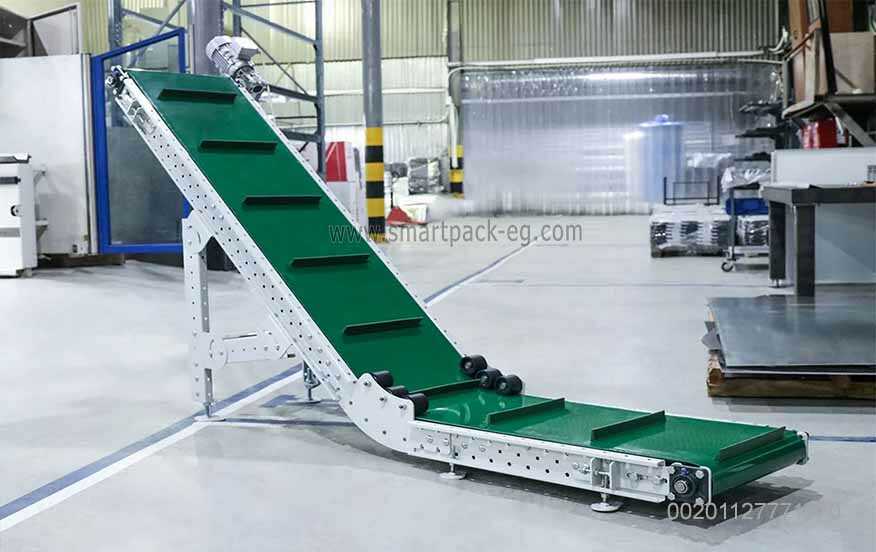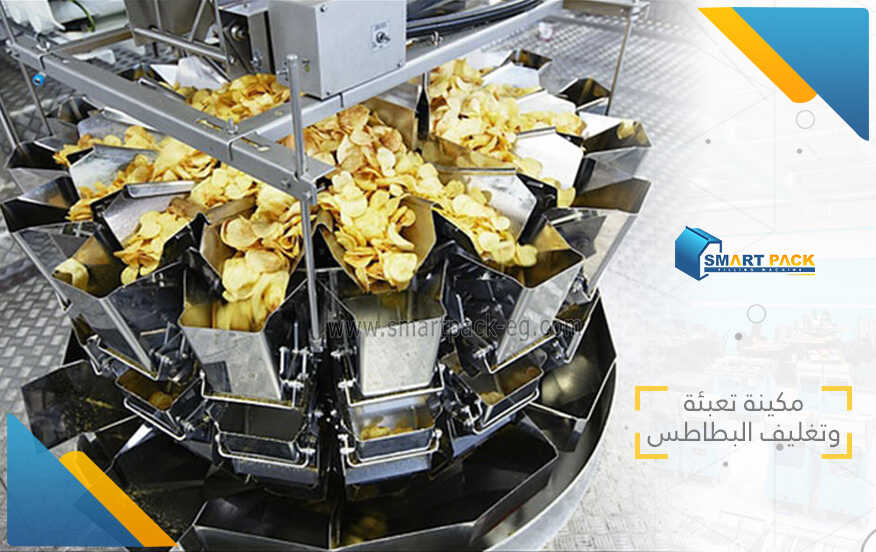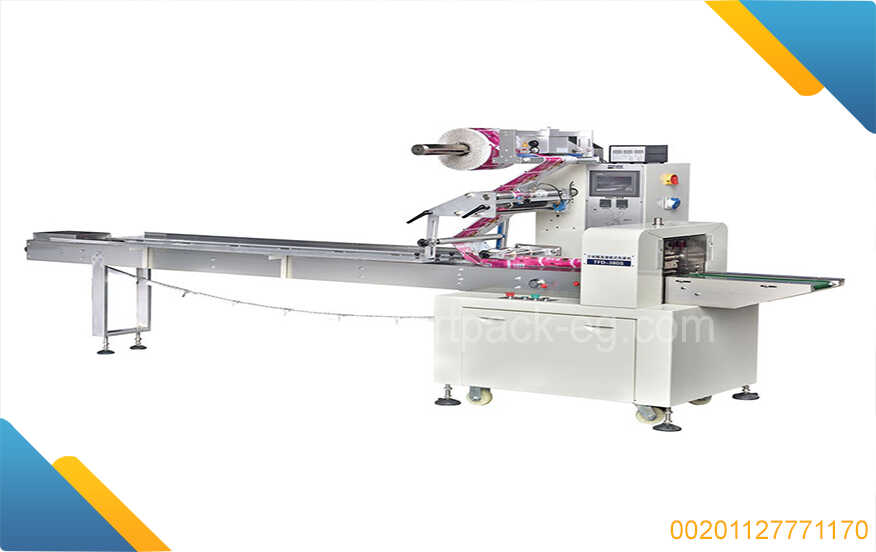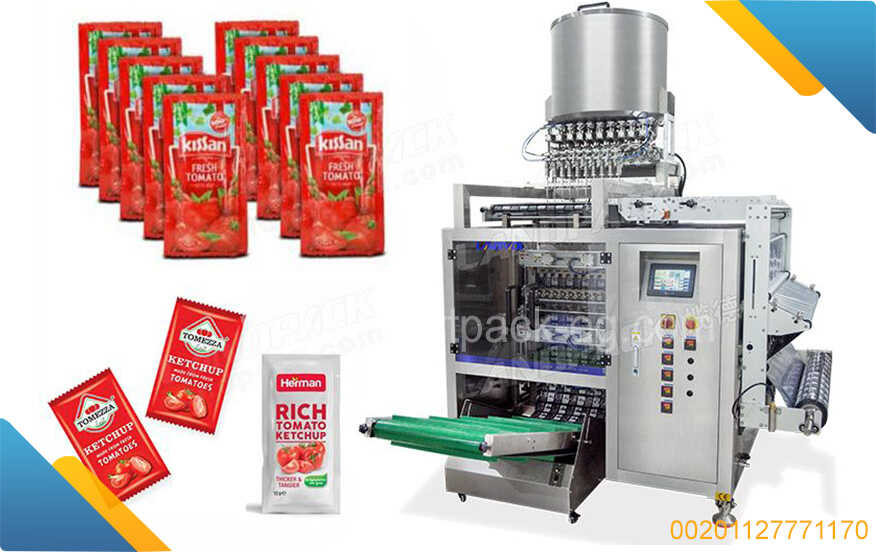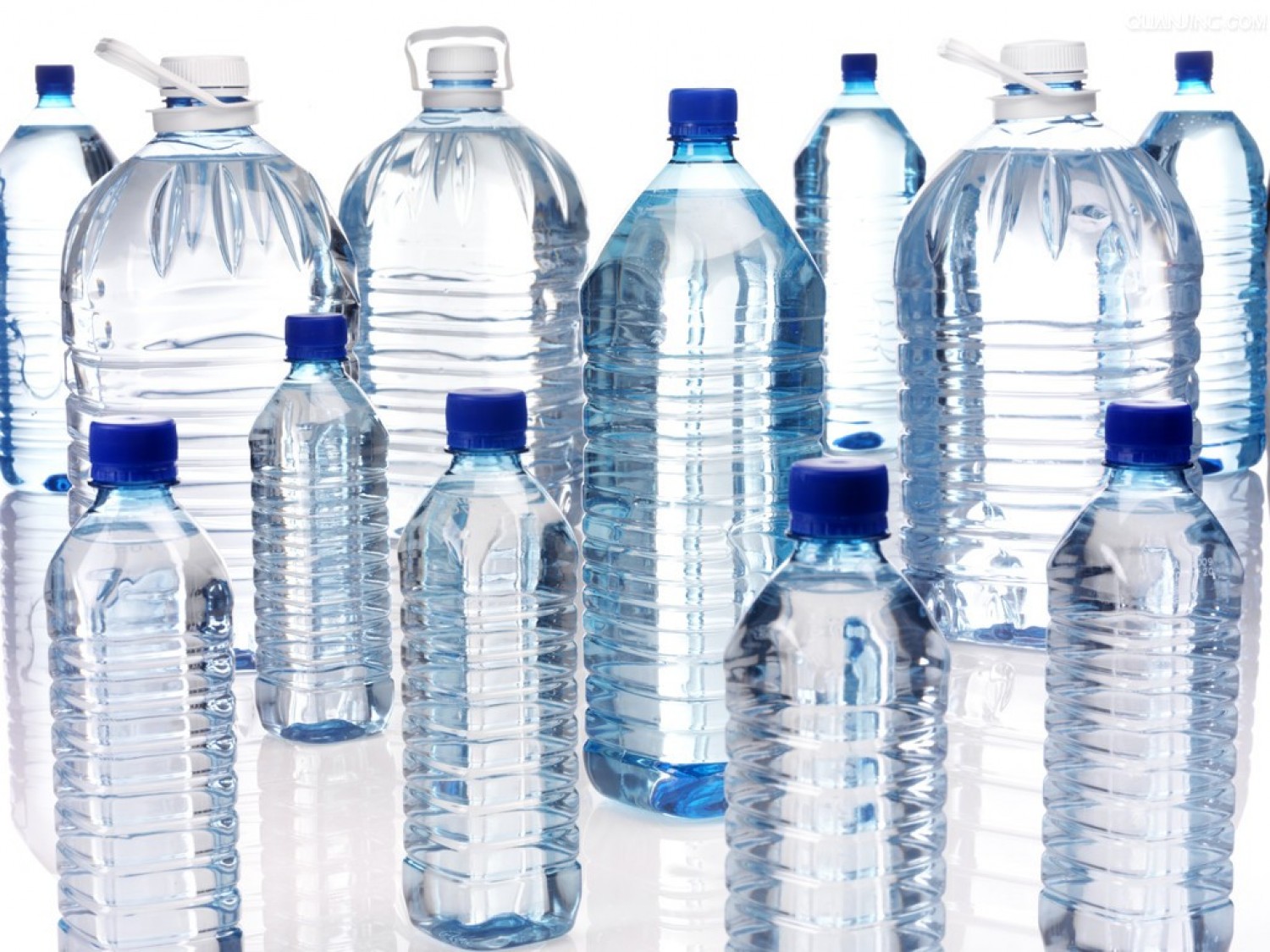How To Guide: Dried Milk Filling and Packaging Machines Project (Badra Milk)
Introduction:
Hello there! In this guide, I will walk you through the steps involved in the successful implementation of a dried milk filling and packaging machines project, specifically for Badra Milk. This project aims to streamline the process of packaging dried milk efficiently, ensuring quality and increasing productivity. So let's get started!
Step 1: Research and Planning
Before beginning any project, it is crucial to conduct thorough research and develop a comprehensive plan. Familiarize yourself with the types of dried milk products that Badra Milk intends to package. Understand the market demand, competition, and the specific requirements for packaging the product. This research will lay the foundation for the project.
Step 2: Equipment Selection
Once you have a clear understanding of Badra Milk's requirements, it's time to choose the right filling and packaging machines. Consider factors such as production capacity, automation level, packaging material compatibility, and future scalability. Engage with multiple suppliers, compare their offerings, and select the machines that best meet your needs.
Step 3: Installation and Setup
Before installing the machines, carefully review their installation requirements. Prepare the site accordingly, ensuring appropriate infrastructure, ventilation, and power supply are in place. Follow the manufacturer's instructions closely during installation, paying attention to safety protocols. Once installed, conduct a thorough inspection to ensure proper functionality.
Step 4: Testing and Calibration
Before actual production begins, it is crucial to perform rigorous testing and calibration on the machines. Set up a test run using operational parameters similar to your anticipated production needs. Verify that the machine fills accurately according to pre-set weights or volumes. Perform multiple tests, making necessary adjustments until you achieve consistent and accurate results.
Step 5: Training Staff
Proper training of the operators and maintenance personnel is vital for smooth operations. Collaborate with the machine supplier to develop a comprehensive training program covering machine operation, routine maintenance, troubleshooting techniques, and safety protocols. Regularly evaluate and update the training program as needed to ensure continuous skill development.
Step 6: Quality Control
Maintaining product quality is of utmost importance. Implement a robust quality control system to monitor and ensure the consistency and integrity of the packaged dried milk. This can involve regular visual inspections, sampling, and testing at various stages of the process. Establish and document quality control procedures, adhering to industry standards and guidelines.
Step 7: Maintenance and Service
To maximize the lifespan of your machines and minimize downtime, develop a preventive maintenance program. Regularly schedule maintenance activities such as cleaning, lubrication, and parts replacement. Keep accurate records of maintenance performed, and promptly address any repairs or service requirements to minimize disruptions in production.
Step 8: Continuous Improvement
Never settle for status quo! Regularly evaluate your operations and seek opportunities for improvement. Engage with your team and stakeholders to gather feedback and ideas. Explore technological advancements, market trends, and customer preferences to enhance your packaging processes. Prioritize continuous learning, innovation, and adaptability.
Conclusion:
Congratulations! You have now learned the steps involved in implementing a dried milk filling and packaging machines project for Badra Milk. Remember that successful execution requires careful research, equipment selection, installation, testing, training, quality control, maintenance, and continuous improvement. By following these steps diligently, you can enhance productivity, ensure product quality, and achieve long-term success. Best of luck with your project!

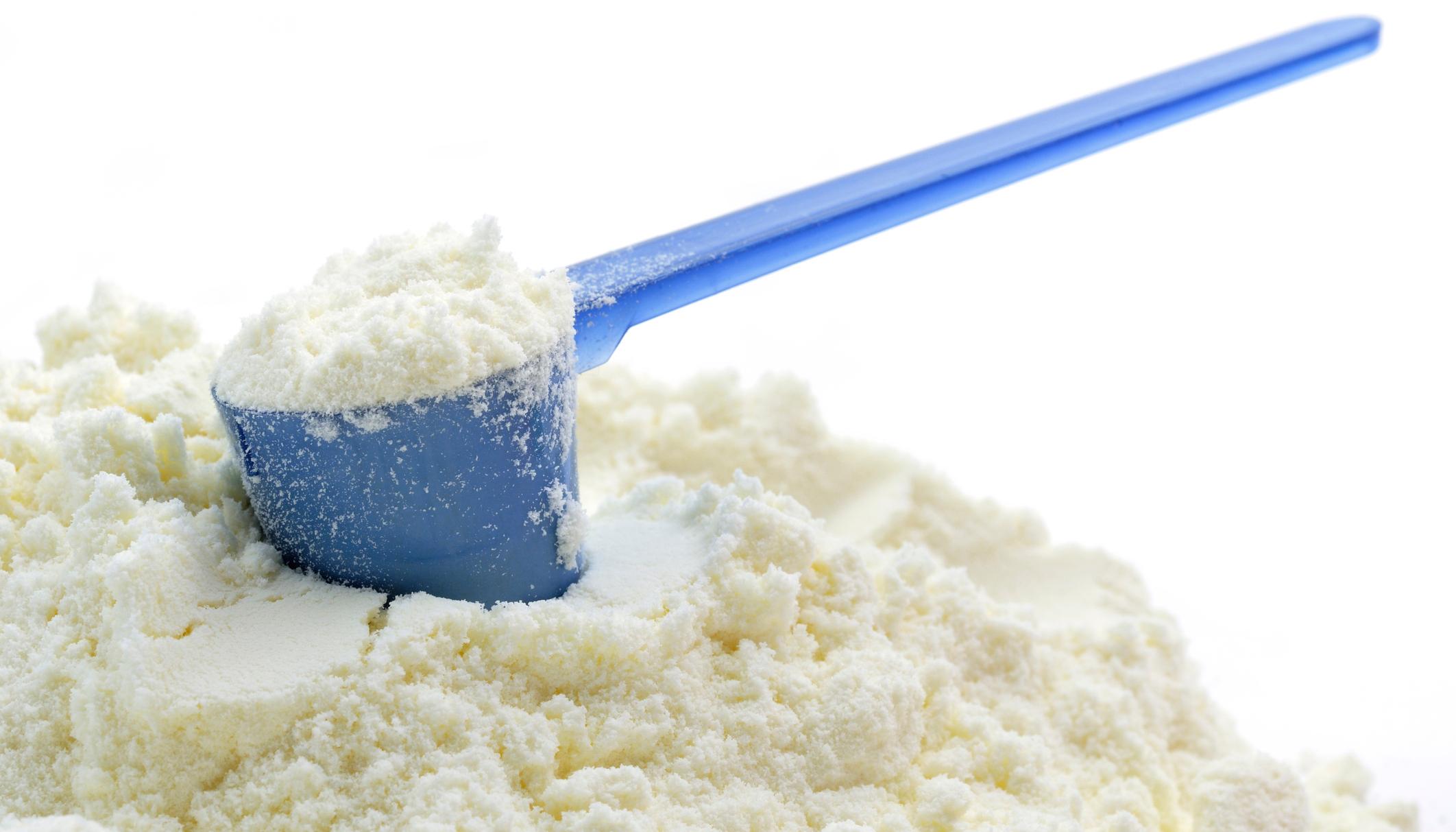
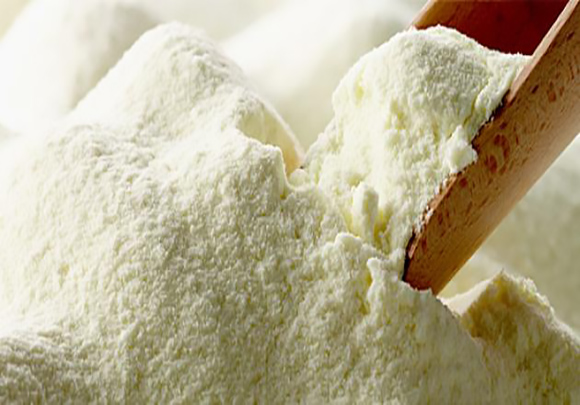
 Admin
Admin 